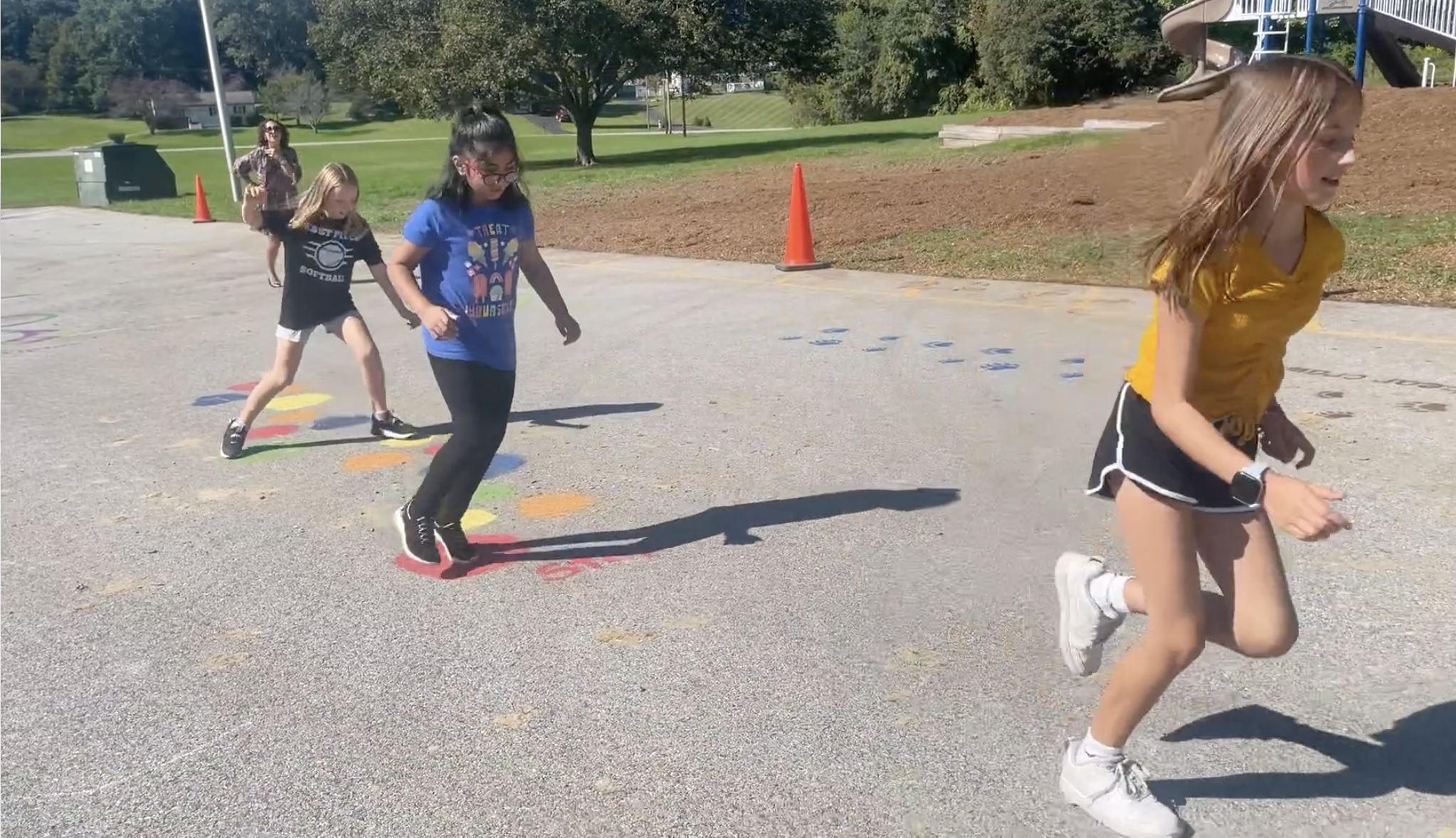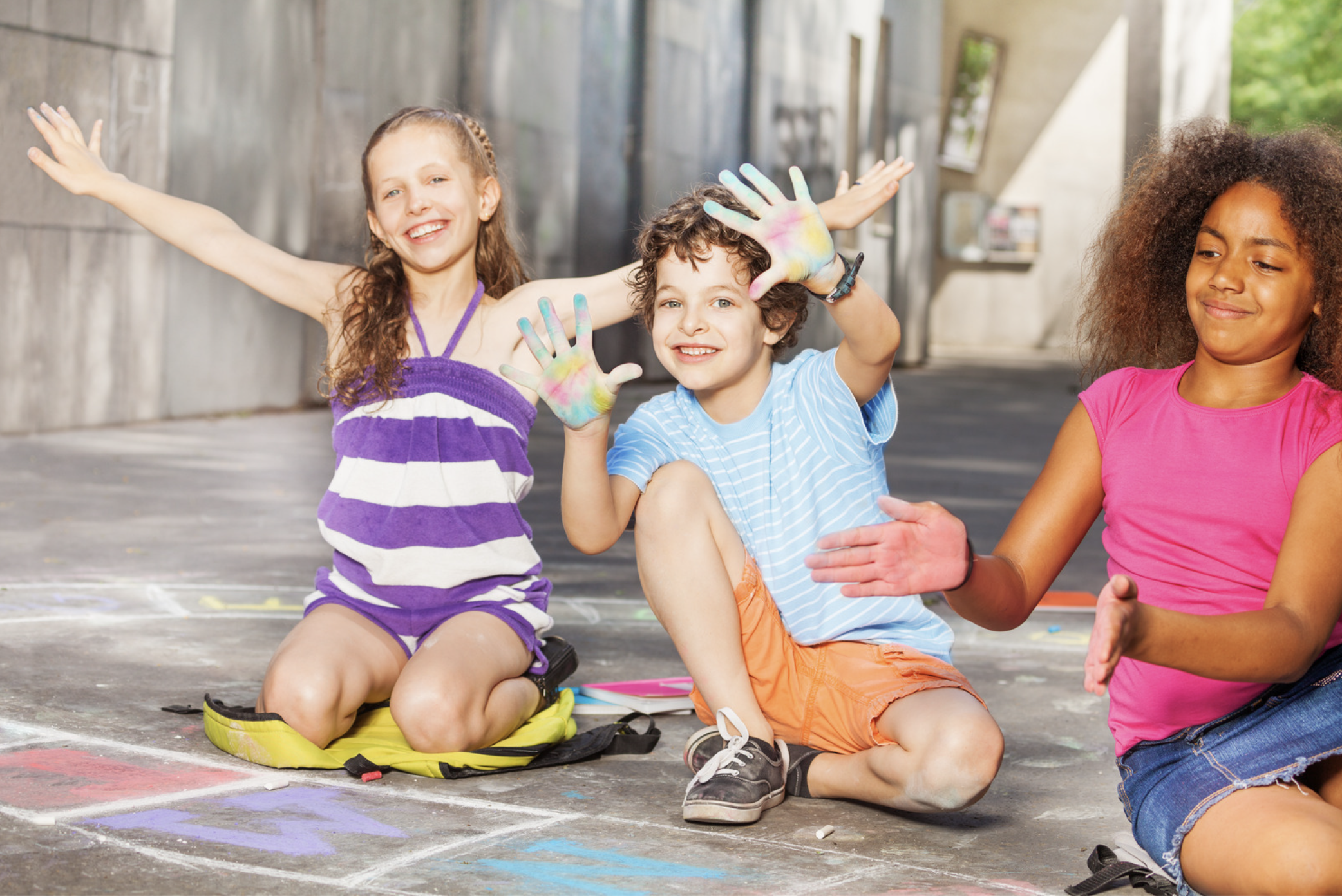Ten Steps to Using PBL to Engage Young Learners to Move!
If you are looking for a fun and engaging experience for your students, consider a Problem Based Learning (PBL) approach that promotes critical thinking, creativity, AND MOVEMENT!
Fit and Fun Playscapes has created a PBL approach that will not only engage your entire school but will also transform your recess area!
But first, let’s take a quick dive into what PBL is all about and then link the process to a real-world problem for your students!
What is PBL? Problem-Based Learning is an educational approach that can be adapted to any discipline (to include physical education) that can enhance students' learning experiences. PBL is a student-centered, active learning method that focuses on solving real-world problems while promoting critical thinking, collaboration, and problem-solving skills. Here's how Fit and Fun created a PBL approach that you can implement in your classroom:
Identify a real-world problem. Start by identifying a relevant and engaging problem that is age appropriate and that your students can fully understand (e.g., children are very sedentary). This problem should require students to apply their knowledge and skills in a practical context. For example, Fit and Fun created a PBL that goes something like this:
- Topic: How Can Children in Our School Stay Healthy!
- Fact: Children today are more sedentary than ever! How can we change this!?
- Class Age: 3rd grade

Introduce the concept of “How to Stay Healthy” to your kids and ask them what they know. Most children will talk about eating healthy, exercising, and even getting enough sleep. The list they create will be a good indicator as to how much they know about being “physically literate”. (See this reference to physical literacy to learn more!). Focus on exercise and ask them how much they “exercise” during recess. Then pose the real-world problem – you could ask – “if we had more children engaged in movement and exercise at recess, would our children in our school be healthier?!” See the process below:
Step One: Divide your class into small teams. PBL is often done collaboratively to encourage teamwork and peer learning. Each team will work on solving the identified problem. Combine the efforts in the end to create the solution.
Step Two: Present the problem to the students and provide them with background information about being healthy and the importance of exercise. Encourage them to ask questions and explore the problem's different aspects.
Fit and Fun PBL: "How can more kids moving and playing at recess?”
Present the equipment to the students to help solve the problem:
Stencils: (Nature Motor Sensory Pathway Set)
Chalk: (Mixed colors to trace the pathway outline)
Step Three: Research and Information Gathering: This might involve researching exercise routines, nutrition, and maybe even the psychology of motivation, and other relevant topics. Students should gather and share information they collect to understand the problem fully. Share exercise data with students which can include information on the recommended amount of exercise children their age should be getting daily (60 min of vigorous activity daily!). Discuss how they can use the stencils and chalk out on the playground to get more kids moving and exercising during recess.
Step Four: Analyze the problem and encourage students to view it from various angles. What are the underlying causes? What sensory pathway designs contribute to being more active at recess? How does not having a sensory pathway lead to being “less active” and how will that impact students in their school, community, and society?
Step Five: Generate and share possible solutions that each team has created. Take time to have brainstorm sessions and propose potential sensory pathway designs as solutions to the problem. These solutions should be creative, well-reasoned, and backed by evidence. Information can be found on the Fit and Fun web site as well as the CDC web site or basic searches for how to keep kids healthy!
Step Six: Have the students design and implement sensory pathways for the playground as a possible solution. For example, they could draw or sketch out various sensory pathway designs to promote lots of movement at recess in their school. Once the students have the idea of using the Fit and Fun stencils – they can redesign the pathways over and over again.
Step Seven: Once the students have created a sensory pathway and traced it with chalk on the playground, the class can determine the effectiveness of their “solution” by talking to other children at recess. Did the sensory pathway design have a positive impact on how much movement and physical activity they engaged in? Was there something they really liked about the sensory pathway they created?
Step Eight: Make sure to have each team reflect on their what they learned and their experiences and how the sensory pathway contributed to solving “the problem” (not enough kids playing at recess). They can present their ideas, findings, and solutions to other classrooms, promoting communication and presentation skills.
Step Nine: Be sure to encourage feedback and discussion. What worked well in each team's drawing and or creation of a sensory pathway? What could be improved? What did they learn from each other's designs? What did other children in the other classes enjoy about the sensory pathway they created on the playground?
Step Ten: Excitingly – you can repeat the process! Share the stencils across the school and with different classroom teachers. Each class can use the same PBL approach and create unique and fun sensory pathways for the playground. The creativity is endless when children start designing their own sensory pathways. The stencils and chalk allow the pathways to be changed weekly!

Implementing Problem-Based Learning in your classes will engage students and improve their physical fitness and health. It will also develop critical life skills, such as problem-solving, teamwork, and research abilities, which can benefit them well beyond the playground. Using PBL approach will continually engage students in real-world problem-solving.
Fit and Fun PBL Summary:
- Present the Problem
- Provide Stencils and Chalk
- Develop Teams to Creatively Design Sensory Pathways for the Playground
- Trace the Sensory Pathways with the Stencils on the Playground
- Talk to Other Children Using the Sensory Pathway at Recess
- Repeat by Sharing the Sensory Pathway Stencils with Other Classes



Leave a comment